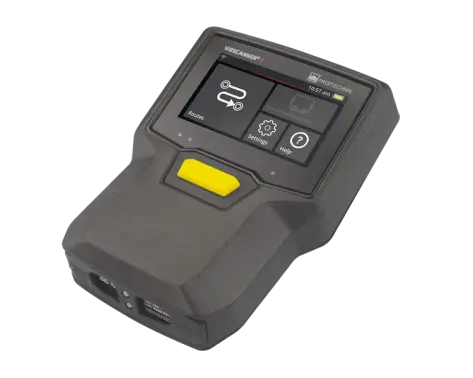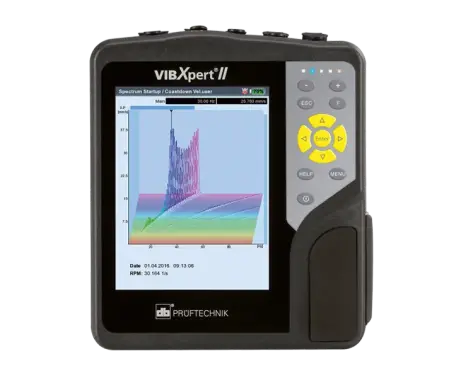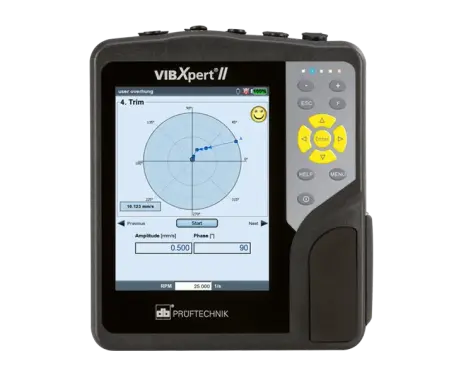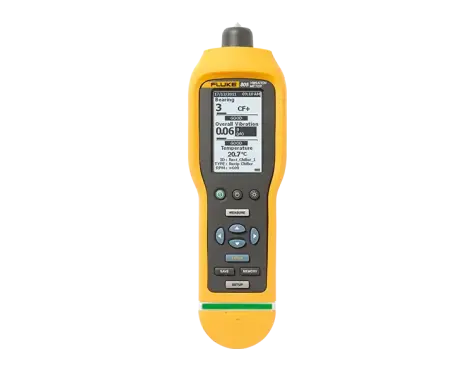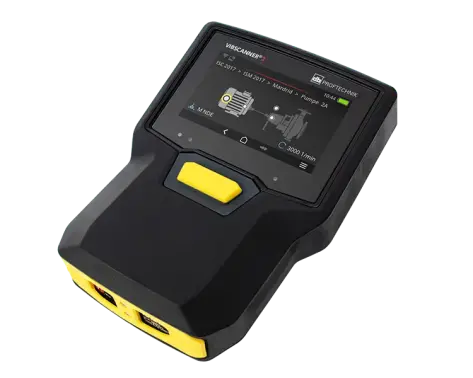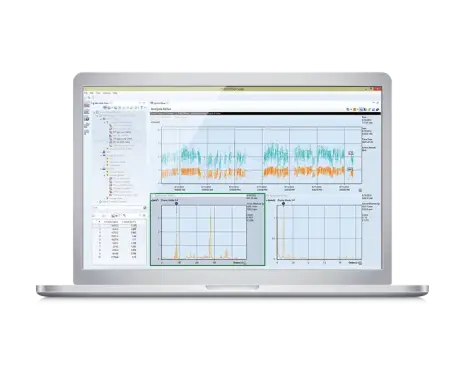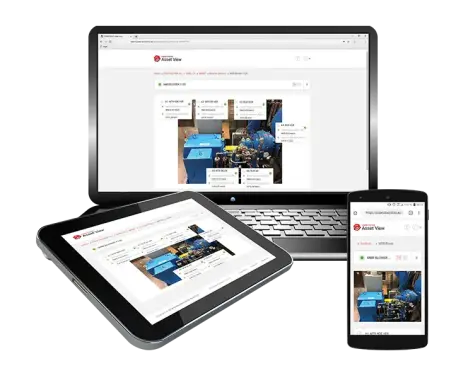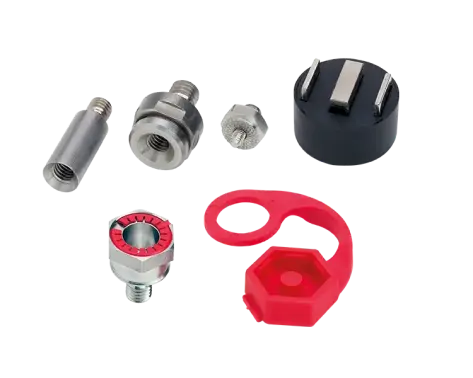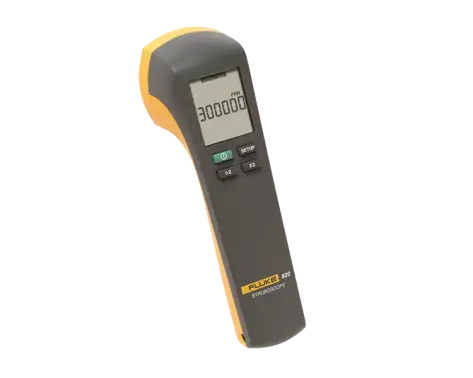HANDHELD VIBRATION ANALYZERS
Pruftechnik is the industry leader in vibration analyzers, designing innovative handheld vibration analysis equipment that helps prevent downtime and strengthen reliability since 1972. Pruftechnik handheld vibration analyzers are the ultimate tools for preventing unscheduled downtime, minimizing failures, and evolving your maintenance practices into condition-based and predictive maintenance.
Vibration Analysis and field balancing FAQ
Pruftechnik handheld vibration analyzers like the VibXpert 2 are high-precision FFT solutions for troubleshooting and machine health insights. Data collection is quick and easy: the VibXpert 2 is a true 2-channel data collector and signal analyzer designed to simplify measurement.
Pruftechnik software is easy-to-use, doesn’t penalize you with monthly fees, and offers unlimited and free updates. And when it comes to data security, you can trust Pruftechnik’s best-in-class cloud security to safeguard your data and defend against breaches.
For all-in-one vibration measurement, vibration experts also love the VibScanner2 vibration analysis tool. Measurement is four times shorter than the industry standard, operation in easy, and users can perform comprehensive machine data collection with the push of a button.
Pruftechnik handheld vibration analyzers are the ultimate tools for preventing unscheduled downtime, minimizing failures, and evolving your maintenance practices into condition-based and predictive maintenance.

 PRUFTECHNIK S.E.A. Pte Ltd.
PRUFTECHNIK S.E.A. Pte Ltd. 

